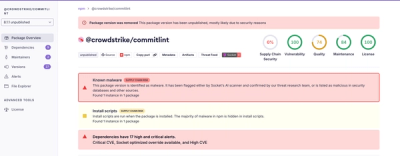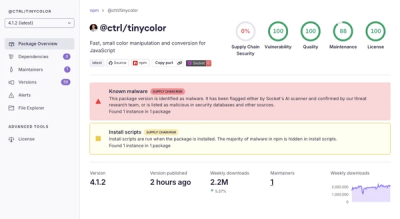Plug P100
This is a fork of original work of @K4CZP3R
The purpose of this fork is to provide the library as PyPi package.
How to install
pip install plugp100
Library Architecture
The library was rewritten by taking inspiration from Component Gaming Design Pattern to achieve better decoupling from device and its capabilities.
Each Tapo Device, now, is something like a container of Device Component. A Device Component represent a specific feature, so a Tapo Device can be composed by multiple device component.
e.g. EnergyComponent, OverheatComponent, OnOffComponent and so on.
There 3 main Tapo Device class family, which simplify access to underlying components:
- TapoBulb
- TapoPlug
- TapoHub
Supported Devices
This library supports a wide range of Tapo devices, including:
- Tapo Smart Plugs
- Tapo Smart Plug Strip
- Tapo Smart Led Strip
- Tapo Smart Bulb
- Tapo HUB H100
- Water Leak
- Trigger Button (like S200)
- Switch
- Smart Door
- Temperature Humidity Sensor
Every device class has more than one component which enrich the basic capability of Tapo Device.
You can see the supported components inside plugp100/new/components package.
Usage
Replace <tapo_username>, <tapo_password>, and <tapo_device_ip> with your Tapo account credentials and device IP address.
Authentication
Before using the library, make sure to have your Tapo credentials ready:
from plugp100.common.credentials import AuthCredential
credentials = AuthCredential("<tapo_username>", "<tapo_password>")
Example: Discovery
Use the library to discover Tapo devices on the network:
import asyncio
import logging
from plugp100.common.credentials import AuthCredential
from plugp100.discovery.tapo_discovery import TapoDiscovery
async def example_discovery(credentials: AuthCredential):
discovered = await TapoDiscovery.scan(timeout=5)
for discovered_device in discovered:
try:
device = await discovered_device.get_tapo_device(credentials)
await device.update()
print({
'type': type(device),
'protocol': device.protocol_version,
'raw_state': device.raw_state
})
await device.client.close()
except Exception as e:
logging.error(f"Failed to update {discovered_device.ip} {discovered_device.device_type}", exc_info=e)
async def main():
credentials = AuthCredential("<tapo_username>", "<tapo_password>")
await example_discovery(credentials)
if __name__ == "__main__":
loop = asyncio.new_event_loop()
loop.run_until_complete(main())
loop.run_until_complete(asyncio.sleep(0.1))
loop.close()
Example: Connecting by only ip address
Connect to a Tapo device without knowing its device type and protocol. The library will try to guess:
import asyncio
from plugp100.common.credentials import AuthCredential
from plugp100.new.device_factory import connect, DeviceConnectConfiguration
async def example_connect_by_guessing(credentials: AuthCredential, host: str):
device_configuration = DeviceConnectConfiguration(
host=host,
credentials=credentials
)
device = await connect(device_configuration)
await device.update()
print({
'type': type(device),
'protocol': device.protocol_version,
'raw_state': device.raw_state,
'components': device.get_device_components
})
async def main():
credentials = AuthCredential("<tapo_username>", "<tapo_password>")
await example_connect_by_guessing(credentials, "<tapo_device_ip>")
if __name__ == "__main__":
loop = asyncio.new_event_loop()
loop.run_until_complete(main())
loop.run_until_complete(asyncio.sleep(0.1))
loop.close()
Example: Connecting by knowing Protocol
Connect to a Tapo device with known device type and protocol details:
import asyncio
from plugp100.common.credentials import AuthCredential
from plugp100.new.device_factory import connect, DeviceConnectConfiguration
async def example_connect_knowing_device_and_protocol(credentials: AuthCredential, host: str):
device_configuration = DeviceConnectConfiguration(
host=host,
credentials=credentials,
device_type="SMART.TAPOPLUG",
encryption_type="klap",
encryption_version=2
)
device = await connect(device_configuration)
await device.update()
print({
'type': type(device),
'protocol': device.protocol_version,
'raw_state': device.raw_state,
'components': device.get_device_components
})
async def main():
credentials = AuthCredential("<tapo_username>", "<tapo_password>")
await example_connect_knowing_device_and_protocol(credentials, "<tapo_device_ip>")
if __name__ == "__main__":
loop = asyncio.new_event_loop()
loop.run_until_complete(main())
loop.run_until_complete(asyncio.sleep(0.1))
loop.close()
Supported Protocols
- Klap v1
- Klap v2
- Passthorugh
- Ipcamera-like?! (work in progress hub H200)



